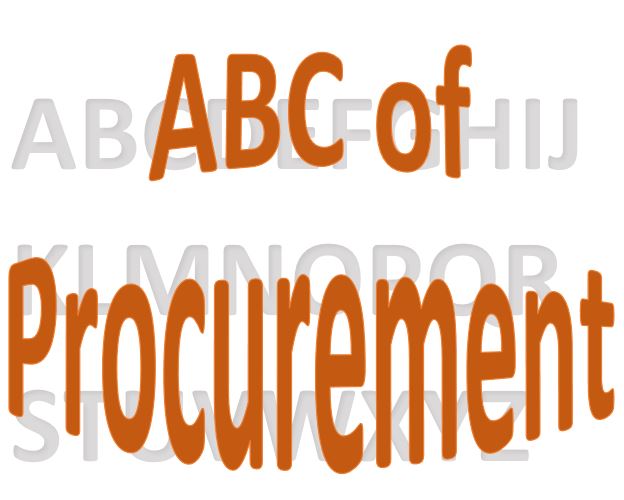As of today, there is no agreement on the definitions of Supply Chain, Procurement and Purchasing. The ones I am giving are influenced by the most influential Supply Chain and procurement textbooks, yet are still mine. If you define it in another way, so be it. Just try to be consistent in your approach or else you will confuse yourself.
If you read this blog frequently, you have noticed that I often use the book “Purchasing and Supply Chain Management” by Monzka and his coauthors as a reference.
Supply Chain Management, as per them:
”… involves proactively managing the two-way movement and coordination of goods, services, information, and funds (i.e., the various flows) from raw material through end-user.”
(Monzka et al., 2009, pg10)
How to translate this into real life? Again, this is how I see it. For me, the supply chain deals with the movement of materials through the company. It excludes any kind of material transformation. The parts of the business that are part of the supply chain would be Procurement, Inbound logistics, raw material warehouse, finished goods warehouse and outbound logistics. I argue that production is not part of the supply chain and should not be managed by the Supply Chain manager. The logic behind this is that the supply chain serves as a service for the core activity of the business, which is production. In other words, Supply Chain makes sure the production gets what they need and makes sure the finished goods reach the customer who is the end-user. As per my experience, sales, customer service and quality control are not usually a part of the Supply Chain. Their work affects the whole company, hence should not report to the Supply Chain manager only. The below picture presents the place of the Supply Chain, as per my understanding.

Let us move on to the term “procurement”. Monzka and his team declared that they use the terms procurement and purchasing interchangeably. So, I have turned to my second favourite book, “Procurement and Supply Chain Management” by Lysons and Farrington. In their book, they provide a couple of options, but the one I liked the most was:
” Procurement is a pro-active, strategic corporate activity to ensure a continuing supply of goods and services to enable world-class organisational performance”
(Lysons and Farrington, 2016, pg5)
I define procurement as a noun. In my daily work, I use the term Procurement to define the function. I am a procurement manager, managing a procurement team. The team consists of procurement professionals. We are talking about procurement. Also, I use procurement as a term to describe the complete Source to pay process. If you want to refresh your memory considering the source to pay process, you can read my article here. To avoid confusion, I do not use “procuring” at all. The procurement team is either purchasing or buying items. This is already complicated enough.
Let us now explore purchasing.
“By definition, a primary responsibility of the purchasing function involves buying—a broad term describing the purchase of raw materials, components, finished goods, or services from suppliers, some of whom can be another operating unit within the organization.”
(Monzka et al.,2009, pg161.)
For me, purchasing is a verb, the process of getting goods. I use buying and purchasing as synonyms. The procurement team is purchasing items. Purchasing is the operational part, the procure to pay part of the source to pay process. Who we are is procurement, and what we do is purchasing.
This is my interpretation of these expressions. I have tried as well to explain how to use them in real life. And I advise you to, whatever definition works for you, be consistent. There is no right or wrong.
Feel free to give your view in the comments.

